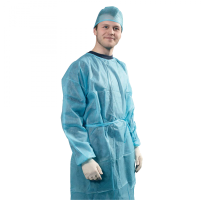
Non sterile isolation gown
- Packung mit 100 Stück Packung mit 100 Stück

Nous contacter : 01 48 01 32 89

HYGITECH Academy invites you to watch this clinical case on dental implant placement after bone...
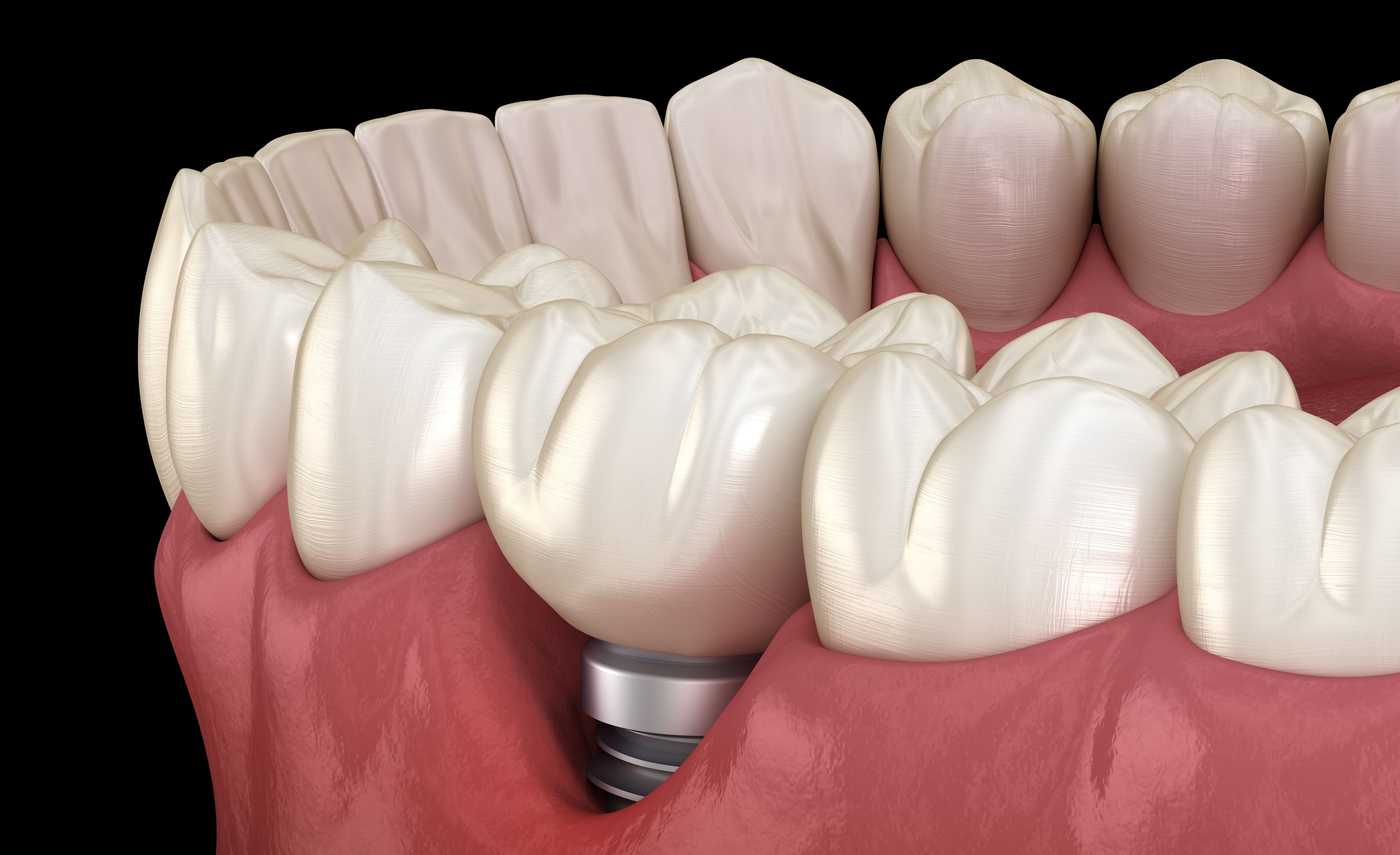
Further to the anatomical-histological review of periodontal and peri-implant tissues, this...
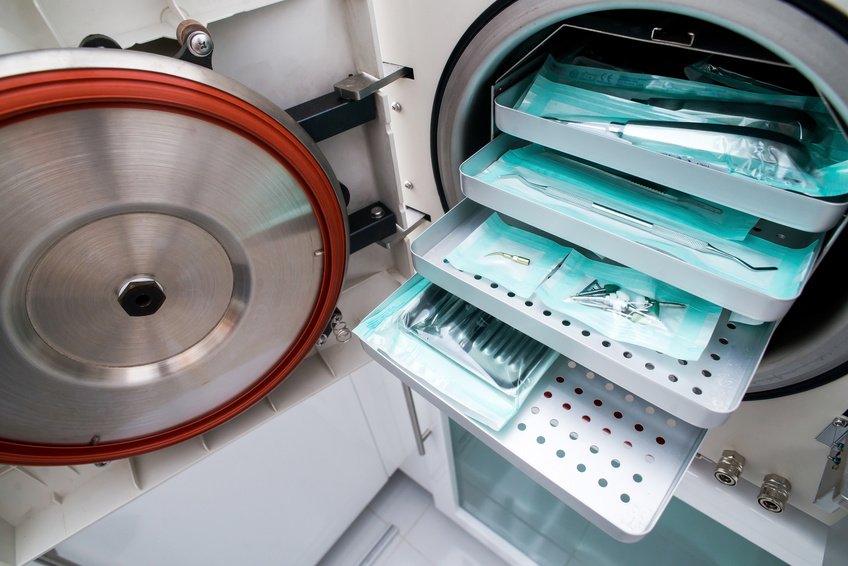

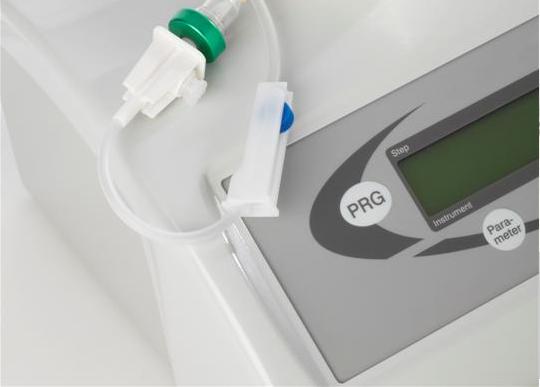
Implant unit motors are necessary equipment for placing dental implants. They are composed of a...
Dental implantology is a demanding discipline that boasts high success rates, estimated between 90% and 95% at 10 years according to scientific literature. However, complications can arise, compromising the stability of the implant, patient comfort, or the aesthetic outcome. A thorough understanding of these post-operative complications, along with appropriate management, is essential to ensure the long-term success of implant treatments.
Implant failures can be classified as early or late, depending on when they occur relative to implant placement:
Early failures: Occur before osseointegration, typically within the first few weeks. Causes include bone overheating, lack of primary stability, early infection, or poor surgical hygiene.
Late failures: Occur after osseointegration, often due to peri-implantitis, occlusal overload, or poor maintenance.
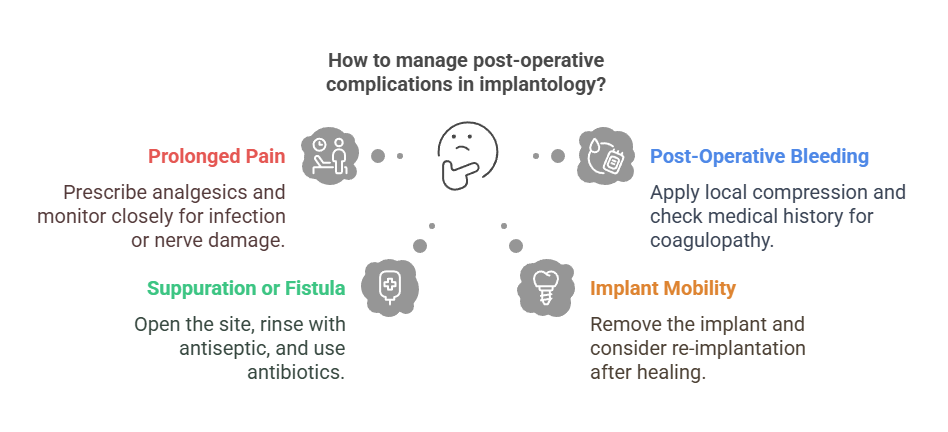
Moderate pain in the days following surgery is normal. However, intense or persistent pain beyond 72 hours may indicate infection or nerve damage. Post-operative swelling that lasts longer than a week or presents with asymmetric swelling should alert the practitioner.
Management: Prescription of appropriate analgesics (paracetamol or NSAIDs), local application of ice, and close clinical monitoring.
Mild bleeding is expected within the first 24 hours. Heavy or delayed bleeding may indicate vascular injury, flap dehiscence, or an undiagnosed coagulopathy.
Management: Local compression, hemostasis control, and verification of medical history (INR, anticoagulant treatments).
The presence of pus or a fistula indicates a localized infection, often due to intraoperative contamination or poor asepsis.
Management: Site opening, thorough rinsing with antiseptic solution, and targeted antibiotic therapy according to HAS (French National Authority for Health) guidelines.
An implant that is mobile, particularly in the early weeks, indicates a failure of osseointegration.
Management: Removal of the implant, curettage of the site, a healing period, and possible re-implantation after 3 to 6 months.
Prevention is based on three fundamental pillars:
Rigorous treatment planning (evaluation of bone density, periodontal status, oral hygiene, and general health of the patient).
Strict asepsis during surgery: bacterial contamination is one of the main causes of early failure.
An appropriate post-operative maintenance protocol: plaque control, patient motivation, and regular follow-up visits.
Clinical and radiographic monitoring at 1 week, 1 month, 3 months, and then every 6 to 12 months is recommended to quickly detect signs of peri-implantitis, bone resorption, or mechanical overload. The use of clinical indices (bleeding index, plaque index) helps quantify peri-implant inflammation and allows for early intervention.
To minimize the risk of post-operative complications, HYGITECH offers a range of products dedicated to practitioner safety and comfort:
🧼 Complete sterile surgical kit: drapes, surgical fields, gowns, gloves... everything needed to ensure optimal asepsis.
👉 Discover HYGITECH sterile kits
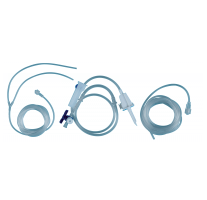
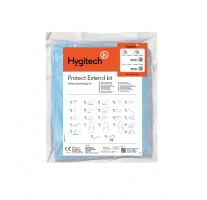

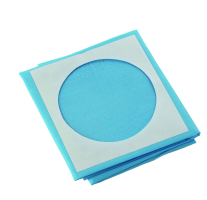
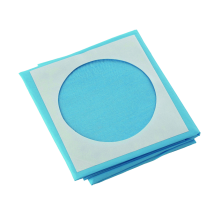
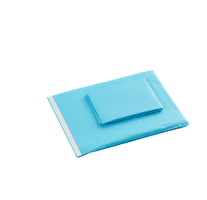





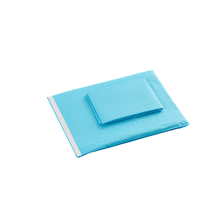
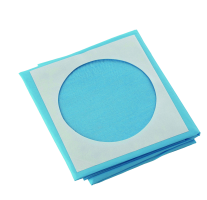


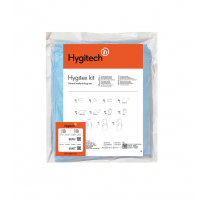
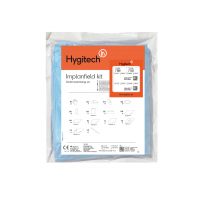
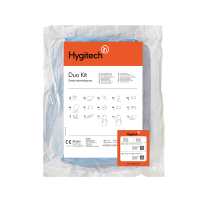
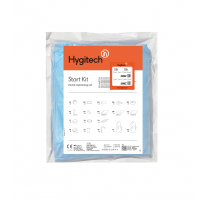
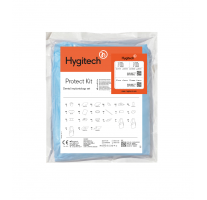
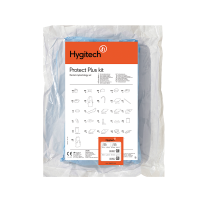
 On the role of surface properties for implant fixation: From finite element modeling to in vivo studies
On the role of surface properties for implant fixation: From finite element modeling to in vivo studies
 Complementary and Alternative Therapies in Surgical Care
Complementary and Alternative Therapies in Surgical Care
 Dental Anxiety in Adults - Psychosocial Aspects, Oral Health and Psychological Treatment
Dental Anxiety in Adults - Psychosocial Aspects, Oral Health and Psychological Treatment
 Peri-implantitis and periodontitis. Experimental and clinical studies
Peri-implantitis and periodontitis. Experimental and clinical studies
 On minimally invasive approaches to sinus lift procedures
On minimally invasive approaches to sinus lift procedures
